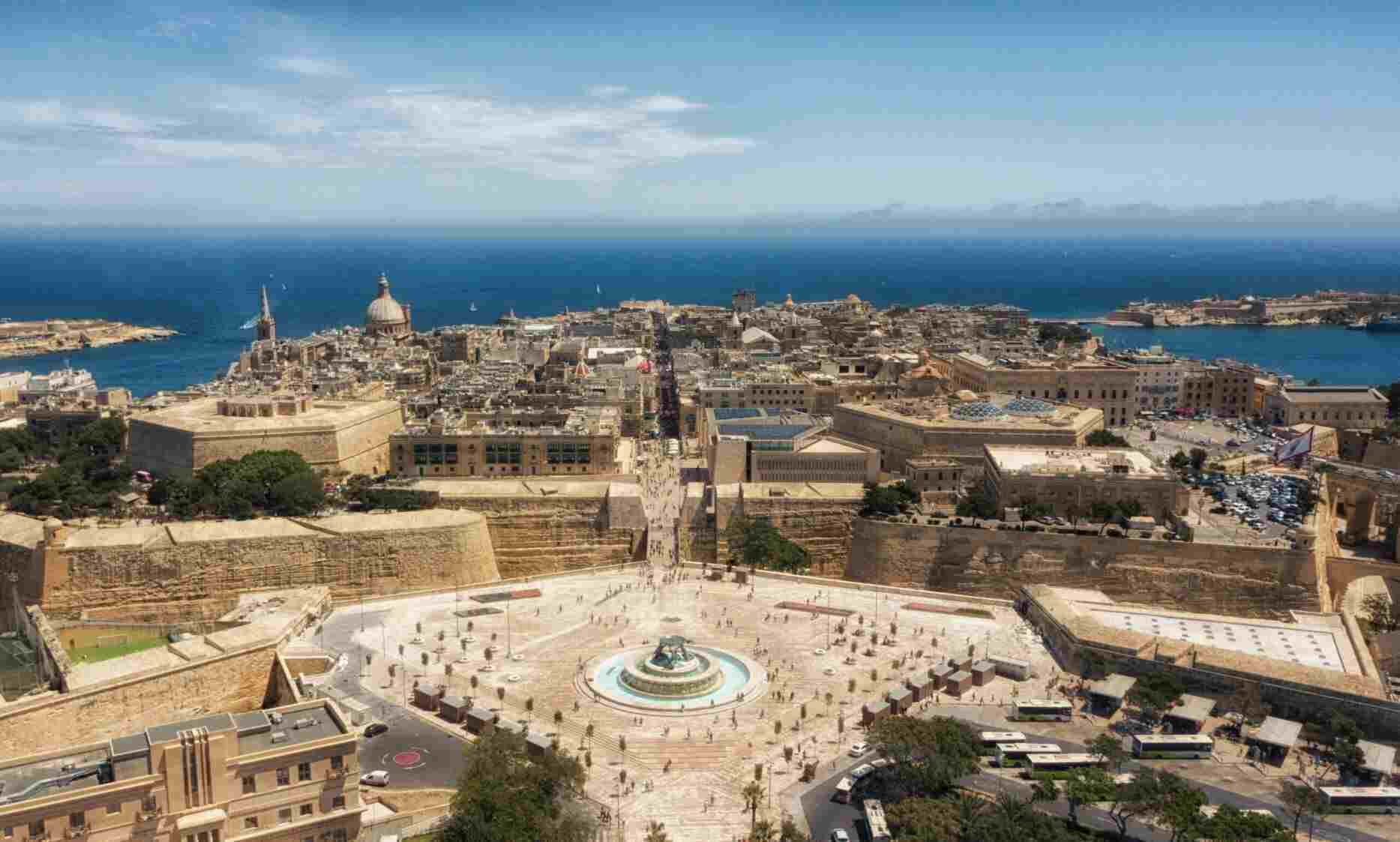
Maltas Wealth Inequality: Richest 10 Percent Control 47 Billion Euro, Own Nearly 90 Percent of Business Wealth
August 12 2024 08:00 by PCLMedia
Recent data from the Central Bank of Malta reveals a stark concentration of wealth in the country, with the richest 10% of households controlling a staggering €47.1 billion. This represents 44.8% of Malta's total household net wealth, highlighting the growing disparity in wealth distribution.
Growing Wealth Disparity
The data shows that the wealthiest 10% in Malta now hold almost four times the combined wealth of the bottom 50% of households, whose collective net worth amounts to €12.6 billion. Furthermore, the richest 10% dominate Malta's business sector, owning nearly 90% of the nation's business wealth.
This information is derived from the European Central Bank’s Distributional Wealth Accounts (DWA) and indicates a significant shift in wealth accumulation patterns since 2010. Over the past 13 years, the net wealth of households in the top 10% has soared by 160.7%. In contrast, households in the bottom 50% have seen a more modest increase of 94.1% in their net wealth over the same period.
Doubling Household Wealth Amid Rising Inequality
The overall household wealth in Malta has more than doubled, growing from €59.8 billion in 2010 to €105.3 billion by the end of 2023. However, this growth has been accompanied by increased inequality. The bottom 50% of households saw their share of net wealth decrease from 14.3% in 2010 to 12% in 2023, while the top 10% increased their share from 39.7% to 44.8%.
The wealth concentration is even more pronounced among the top 5% of households, whose share has risen from 26.6% in 2010 to 31.7% in 2023. These trends underscore a growing divide in wealth distribution, with a greater portion of Malta’s wealth increasingly concentrated among its wealthiest citizens.
Wealth Gini Coefficient and International Comparison
Despite the growing inequality, Malta's wealth Gini coefficient—a key measure of inequality—has only seen a slight increase from 0.54 in 2010 to 0.59 in 2023. This figure is still significantly lower than the euro area average of 0.72, making Malta the third least unequal economy among the countries surveyed by the Central Bank DWA.
Asset Distribution and Debt Patterns
The report also highlights that the assets of Malta's wealthiest 10% are more diversified than those of other groups, with business wealth constituting 24% of their portfolio. Notably, these top households own 89.1% of all business wealth in Malta.
On the other hand, the bottom 50% of households bear a disproportionate amount of debt. As of 2023, their combined debt and mortgages totaled €6.7 billion, accounting for 65.6% of the total household debt. This marks a significant increase from 47.5% in 2010, largely driven by rising mortgage debt. In contrast, the debt levels for the wealthiest 10% have remained relatively stable over the past decade, standing at €1.3 billion.
Implications for Policy and Economic Growth
The data, compiled in a report by economists Warren Deguara and Janica Borg, signals the need for continued monitoring and potential policy interventions to address Malta's widening wealth gap. While the overall net wealth of the country continues to grow, the increasing concentration of wealth among a small segment of the population raises concerns about long-term economic sustainability and social equity.
As Malta navigates this evolving economic landscape, the challenge will be to ensure that growth benefits are more evenly distributed across all segments of society.
Do not hesitat to contact us for more information.
